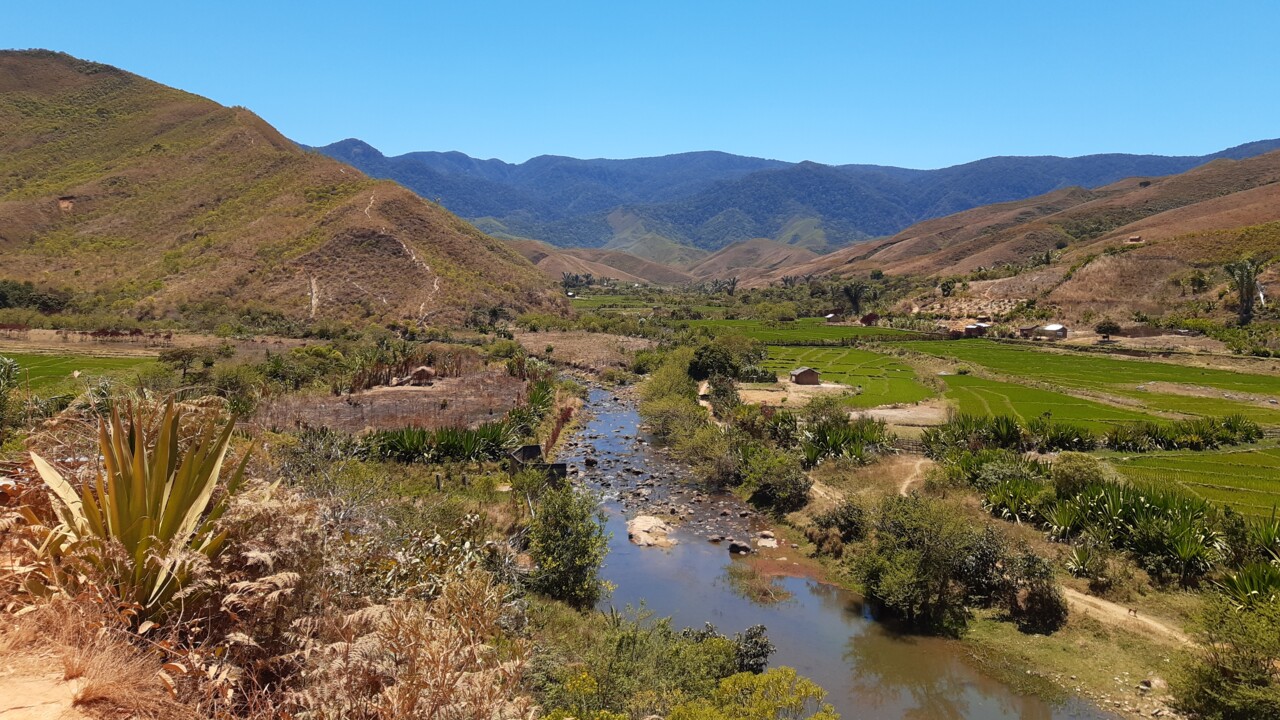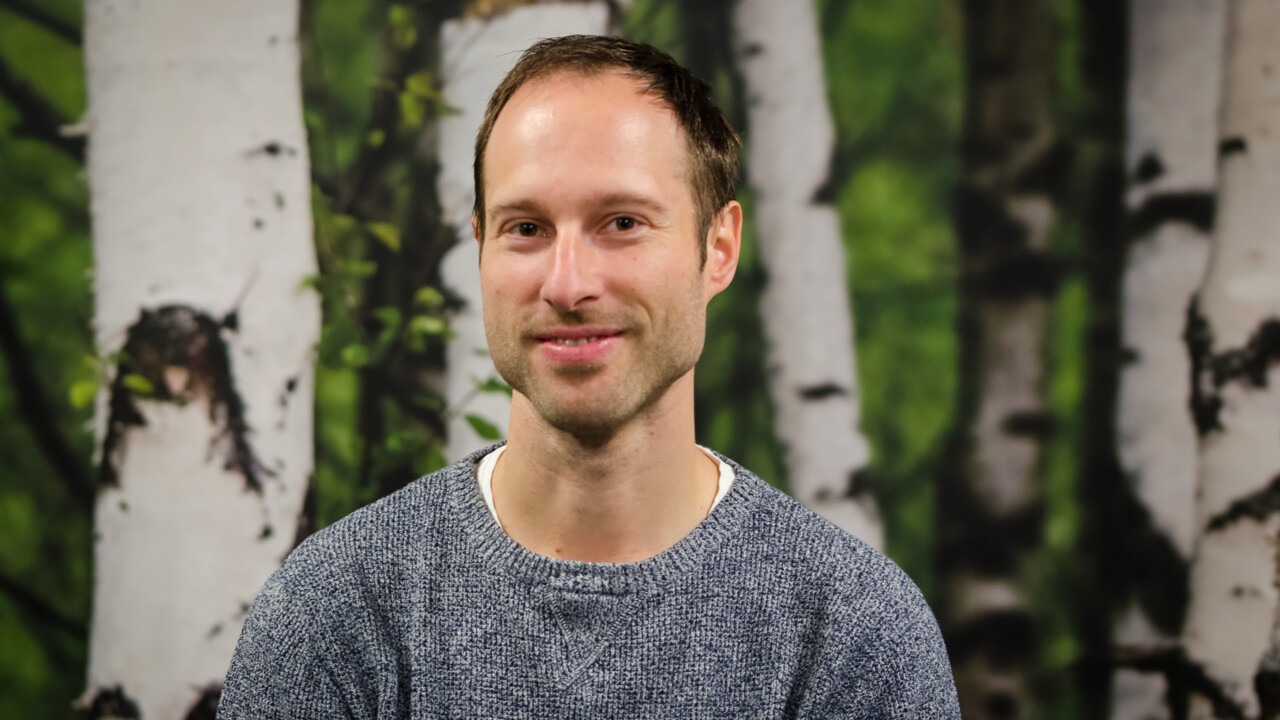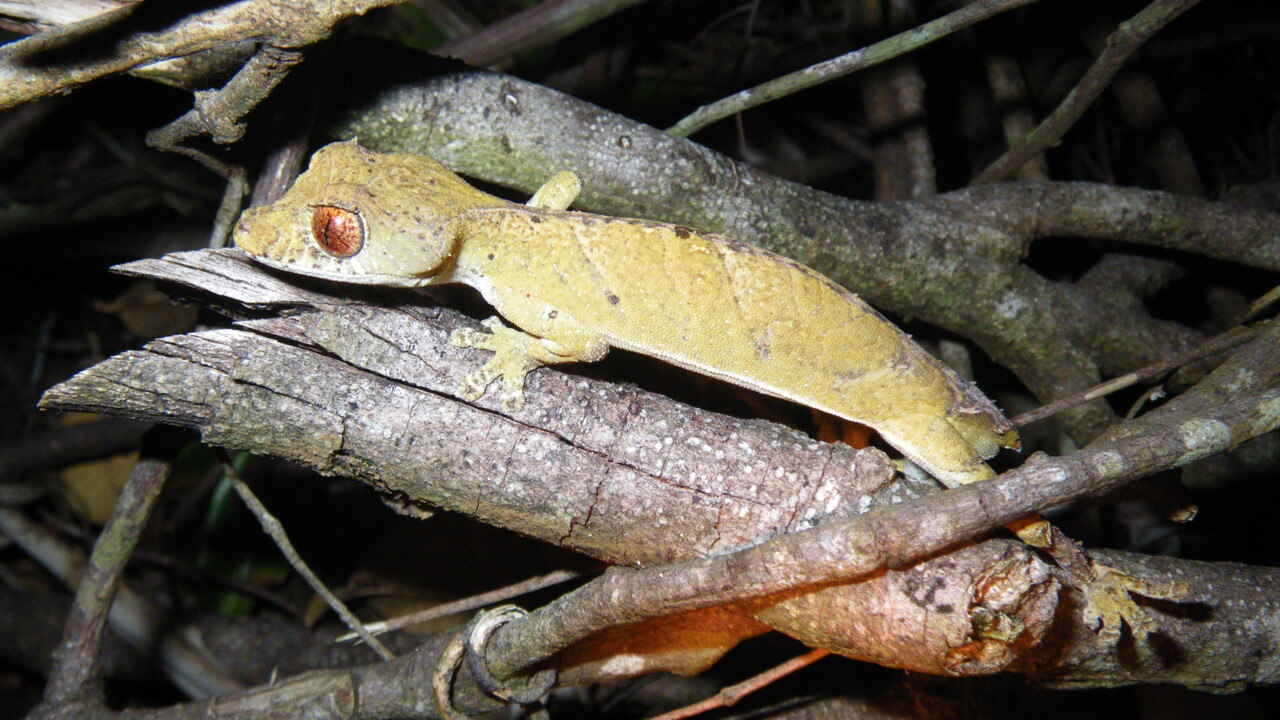FACTS About the scientific articles
Alexandre Antonelli, Hélène Ralimanana, Rhian J. Smith, Jan Hackel, Daniel Edler et al. (2022). Madagascar’s extraordinary biodiversity: Evolution, distribution, and use. Science.
https://doi.org/10.1126/science.abf0869
Hélène Ralimanana, Alexandre Antonelli, Rhian J. Smith, James S. Borrell, Daniel Edler et al. (2022). Madagascar’s extraordinary biodiversity: Threats and opportunities. Science.
https://doi.org/10.1126/science.adf1466





